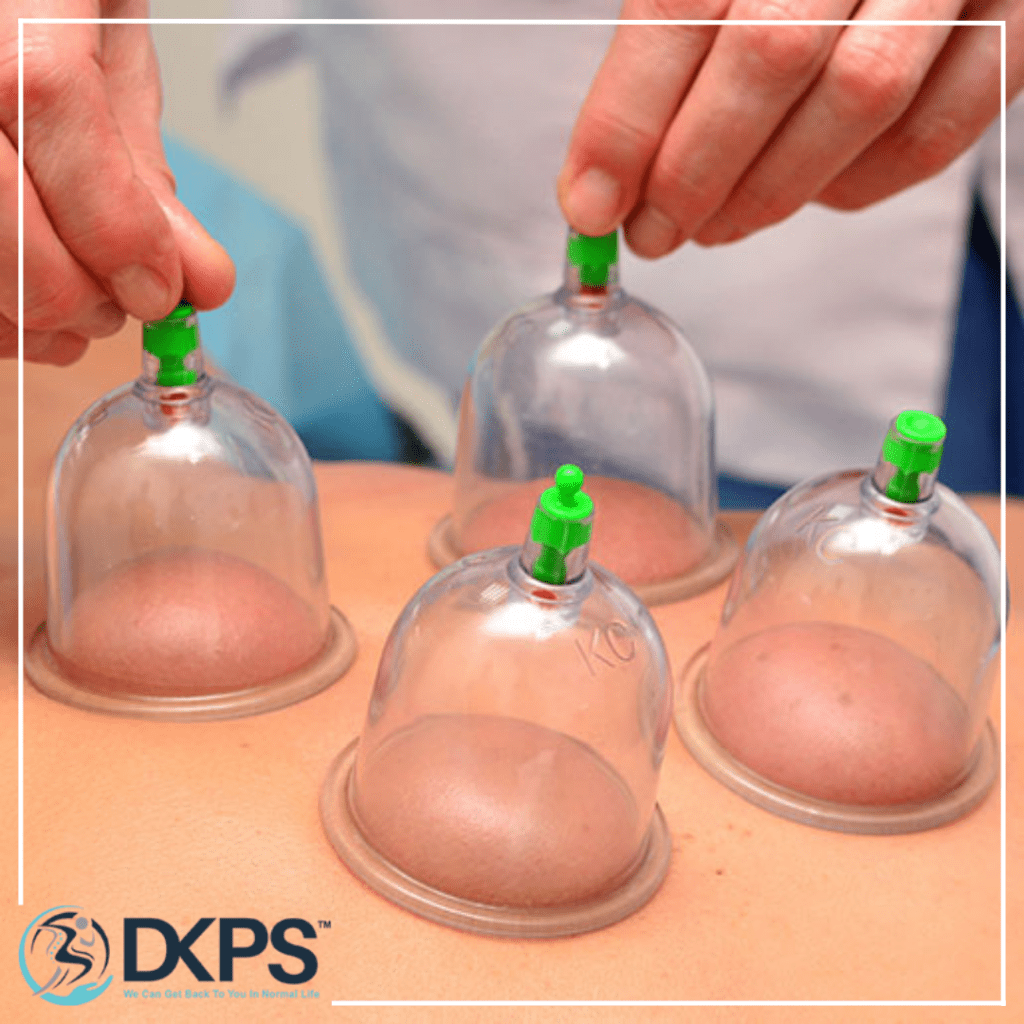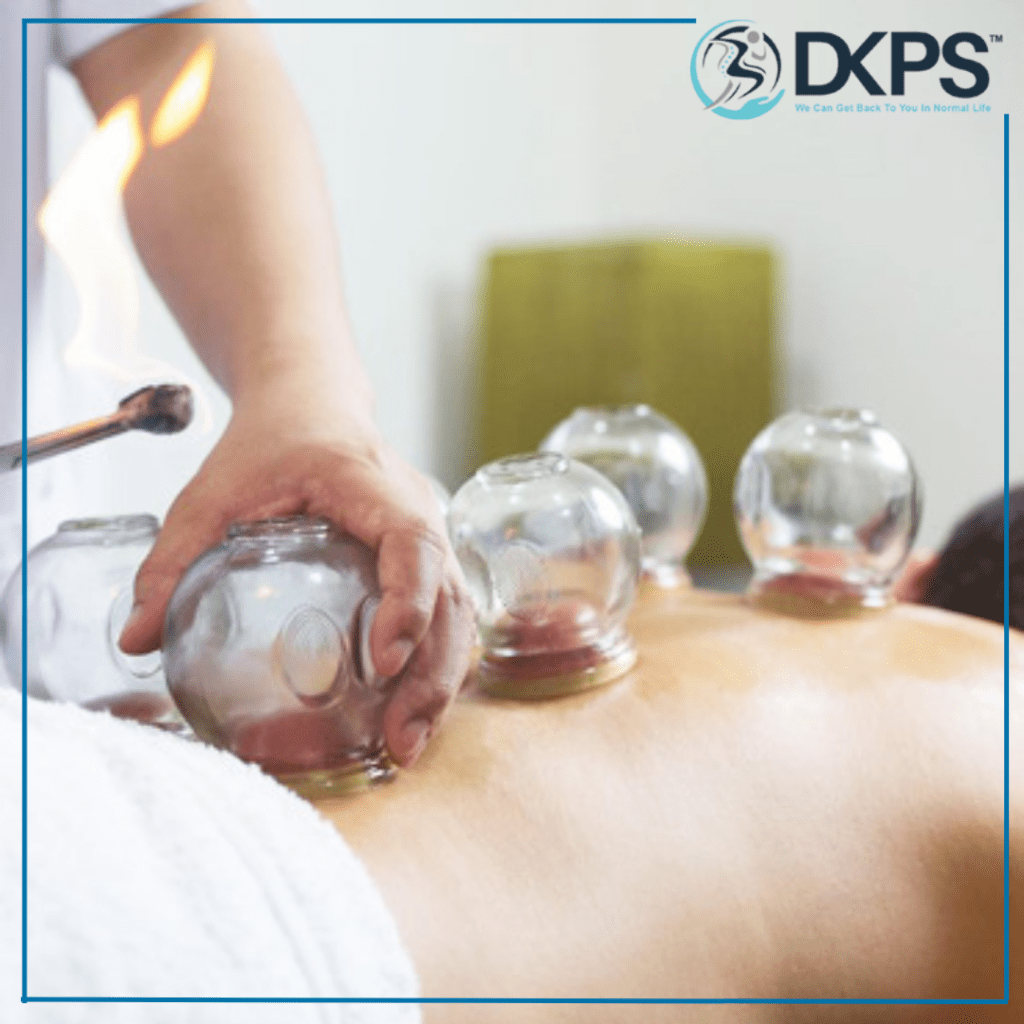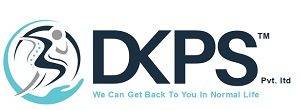- Home
- About Us
- DKPS Dealing
- BLOG
- Delhi NCR
- Delhi
- Physiotherapy at Home Near Me | Physiotherapist in South Delhi
- Best Chiropractor in Delhi
- Physiotherapist in Delhi
- Cupping Therapy in Delhi
- Home Nursing Services in Delhi
- Needle Therapy for Back Pain
- Sports Injury Physiotherapy
- Best Physiotherapist Visit at Home in Rohini Sector 24
- Physiotherapy at Home In Rohini Sector 9 |
- Physiotherapist in Pitampura | Physiotherapy at Home in Pitampura
- Physiotherapy at home in Rohini sector 29
- Physiotherapist in Paschim Vihar
- Physio home visit | Home Visit Physiotherapy |
- Physiotherapist in Saket | Best Physiotherapist in Saket |
- Physiotherapist In Janakpuri | Best Physiotherapist in Janakpuri |
- Best Physiotherapist in Punjabi Bagh | Punjabi Bagh Physiotherapist |
- Best Physiotherapist Service at Home in Dwarka, Delhi
- Best Physiotherapist in Chandigarh at Home Visit
- Faridabad
- Gurugram
- Noida
- Best Physiotherapy Gorakhpur
- Best Physiotherapist in Lucknow | Physiotherapist in Lucknow near me |
- Delhi
- Mumbai
- Delhi NCR
- Department
- Doctors
- Gallery
- Packages
- Contact Us
- Home
- About Us
- DKPS Dealing
- BLOG
- Delhi NCR
- Delhi
- Physiotherapy at Home Near Me | Physiotherapist in South Delhi
- Best Chiropractor in Delhi
- Physiotherapist in Delhi
- Cupping Therapy in Delhi
- Home Nursing Services in Delhi
- Needle Therapy for Back Pain
- Sports Injury Physiotherapy
- Best Physiotherapist Visit at Home in Rohini Sector 24
- Physiotherapy at Home In Rohini Sector 9 |
- Physiotherapist in Pitampura | Physiotherapy at Home in Pitampura
- Physiotherapy at home in Rohini sector 29
- Physiotherapist in Paschim Vihar
- Physio home visit | Home Visit Physiotherapy |
- Physiotherapist in Saket | Best Physiotherapist in Saket |
- Physiotherapist In Janakpuri | Best Physiotherapist in Janakpuri |
- Best Physiotherapist in Punjabi Bagh | Punjabi Bagh Physiotherapist |
- Best Physiotherapist Service at Home in Dwarka, Delhi
- Best Physiotherapist in Chandigarh at Home Visit
- Faridabad
- Gurugram
- Noida
- Best Physiotherapy Gorakhpur
- Best Physiotherapist in Lucknow | Physiotherapist in Lucknow near me |
- Delhi
- Mumbai
- Delhi NCR
- Department
- Doctors
- Gallery
- Packages
- Contact Us
Cupping Therapy in Mumbai | Cupping Therapy Price in Mumbai
- Home
- Cupping Therapy in Mumbai | Cupping Therapy Price in Mumbai
Cupping Therapy in Mumbai

Cupping Therapy in Mumbai
What is cupping?
Cupping is an ancient medical therapy used by some people to relieve pain. The therapist places the cups on your back, abdomen, arms, legs or other parts of your body. Inside the cup, a vacuum or suction force pulls the skin up.
Cupping is a form of traditional medicine in China and the Middle East. People have been practicing cupping therapy for thousands of years.
There are two types of cupping therapy. One is stationary, which is used to eliminate blood stagnation and accelerate the release of pathogens, while the other is a massage, where the therapist moves the cups around the area to help relieve stress and congestion. The type of therapy you get depends on the type of pain you are experiencing.
Cupping is ideal for people who have experienced back pain, muscle pain, stress and stiff neck. Typically, modern cups are made of clear plastic, which is often attached to a manually operated air pump and tube. There is a valve in the cup which serves as a passage for the air which is released from the cup when it is removed. In fact, there are different cup sizes that allow more concentrated or wider contact with different acupressure points. Although there is little sensation, the treatment is not painful. In fact, people with cupping massage therapy say it’s actually relaxation.
During the procedure, the cups help increase blood flow to the muscles and skin, which carries the nutrients and throw all the toxins from the arteries.
A popular area where cupping therapy get done is back area. These cups help stimulate the ligaments and hard parts of the tissue. Other areas may include the shoulders, neck, abdomen, thighs and legs.
For the first 10 to 20 minutes, therapist will perform a muscle relaxation massage. Then the cups are applied, and they will perform their work for up to 20 minutes. When done, the cups will be removed and the session will end. Typical sessions can last from 45 minutes to an hour.
Cupping Therapy Price in Mumbai

After one session, the marks of the suction cups light up
but it can take up to a week for these marks to heal.
What does cupping treat?
People often use cupping to reduce the conditions that cause pain. Some people say it can also help with chronic (persistent) health problems. Cupping can relax symptoms of:
- Arthritis, including rheumatoid arthritis.
- Back, neck, knee and shoulder pain. Respiratory problems such as asthma.
- Carpal tunnel syndrome.
- Gastrointestinal disorders such as irritable bowel disease (IBD).
- Headache and migraine.
- High blood pressure (hypertension).
What are the types of cups?
Most providers use glass or plastic cups, but the cups can be:
- Bamboo.
- Ceramics.
- Metal.
- Silicone.
How is cupping performed?
There are several ways to perform cupping. The steps vary slightly depending on the method selected. Your provider leave the cups in place for a few minutes. Other treatments include quick movement of the cups to stretch and massage the area. Depending on the treatment, your therapist may place different cups on your skin. Cupping methods include:
- Dry: Your therapist will heat the contents of each cup – usually with cotton wool soaked in lighted alcohol. The heat sends oxygen from the beaker and creates a vacuum. Some providers use suction devices to extract air from the cups.
After application to the skin, a vacuum force pulls the skin into the cup. - Wet: Your therapist uses a needle to gently prick the skin before and sometimes after cupping. Toxins leave the body through wounds that are pierced cupping therapy.
What can I expect after the cupping therapy?
The suction power of the cupping breaks the small blood vessels under the skin. You will have circular traces of a wound that will disappear in a week or two.
What are the possible risks or complications of cupping?
Cupping is a relatively low risk therapy. However, you may experience:
- Burns from heated cups.
- Fatigue.
- Headache.
- Muscle tension or pain.
- Nausea.
- Skin infections, itching or scarring.
Who shouldn’t get cupping?
Because researchers are not very familiar with the effects of cupping therapy during pregnancy, expectant mothers should not receive any therapy. You should also avoid cupping therapy if you have:
- Bleeding disorders such as hemophilia.
- Blood clotting problems or a history of stroke.
- Skin diseases, including eczema and psoriasis. Seizures (epilepsy).
How effective is cupping?
There are not many good studies on the effectiveness of cupping. And scientists don’t know much about why and how people can get help from cupping therapy. Cupping can provide a placebo effect, which means it helps because people believe in it.
Cost of cupping therapy in mumbai?
The seating costs between Rs 1,000 and 7,000. It takes 20 to 40 minutes. Only three sessions, a month or more, per year.
When should I call the doctor?
You should call your healthcare provider if you have experience:
- Burns.
- Severe pain or ache.
- Fever.
- Any signs of skin infection (redness, tenderness, yellow discharge).
- Arthritis, including rheumatoid arthritis.
- Back, neck, knee and shoulder pain. Respiratory problems such as asthma.
- Carpal tunnel syndrome.
- Gastrointestinal disorders such as irritable bowel disease (IBD).
- Headache and migraine.
- High blood pressure (hypertension).
A note from Drsinghphysiocare clinic.
Cupping therapy can help reduce some symptoms such as pain. Not much is known about the effectiveness of therapy, how it works, or what conditions it treats. Although cupping is relatively safe, you should talk to your healthcare provider before starting treatment.
Other Places where we provide Physiotherapy Services at Home
- Physiotherapy at home in Rohini sector 24
- Physiotherapy at home in Rohini
- Physiotherapy at home in Budh vihar
- Physiotherapy at home in pitampura
- Physiotherapy at home in Panjabi bagh
- Physiotherapy at home in Rani bagh
- Physiotherapy at home in Ashok vihar
- Physiotherapy at home in shastri nagar Delhi
- Physiotherapy at home in inderlok Delhi
- Physiotherapy at home in kanhaiya Nagar Delhi
- Physiotherapy at home in paschim vihar
- Physiotherapy at home in Vikas Puri
- Physiotherapy at home in Karol bagh
- Physiotherapy at home in Rajendra place delhi
- Physiotherapy at home in Patel Nagar Delhi
- Physiotherapy at home in Shadipur delhi
- Physiotherapy at home in Kirti Nagar Delhi
- Physiotherapy at home in moti nagar Delhi
- Physiotherapy at home in Noida
- Physiotherapy at home in Gaziyabad
- Physiotherapy at home in Gurgaon
- Physiotherapy at home in Faridabad
- Physiotherapy at home in burari
- Physiotherapy at home in sangam vihar
- Physiotherapy at home in Gandhi vihar
- Physiotherapy at home in mukherjee nagar
- Physiotherapy at home in jagatpur village
- Physiotherapy at home in gopalpur
- Physiotherapy at home in civil line
- Physiotherapy at home in delhi university
- Physiotherapy at home in Mumbai
- Physiotherapy at home in GTB nagar
- Physiotherapy at home in model town
- Physiotherapy at home in kamla nagar
- Physiotherapy at home in nirankari colony
- Physiotherapy at home in Chauhanpatti
- Physiotherapy at home at khjuri khas
- Physiotherapy at home in Bhajanpura
- Physiotherapy at home in Ankur vihar
- Physiotherapy at home in tronica city
- Physiotherapy at home in Jhaghirpuri
- Physiotherapy at home in Okhla delhi
- Physiotherapy at home in shaeen bagh delhi
- Physiotherapy at home in houz khash Delhi
- Physiotherapy at home in Narela delhi
